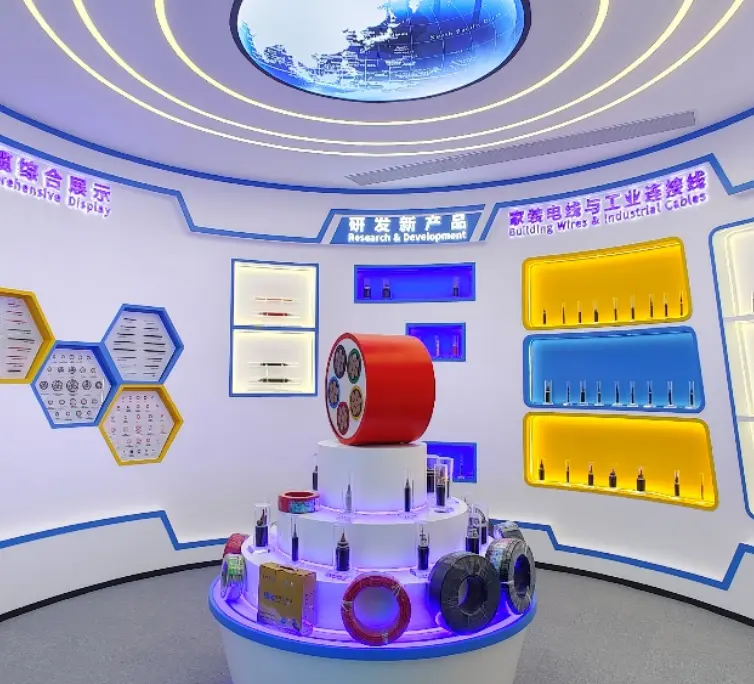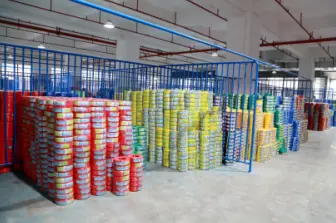What Are the Safety Requirements for Using Industrial Control Cables?
As we all know, the performance requirements of industrial control cables are higher than that of ordinary wires and cables, which can effectively control the rated voltage and protect the line, and play a vital role in the use of cables in the mining industry and the Ministry of Energy. In recent years, with the rapid development of power cable buried laying projects, higher requirements have also been put forward for the protection of industrial control cables. So do you know what are the safety requirements for the use of industrial control cables?
Ⅰ. Safety requirements for using industrial control cables
1. When industrial control cables cross each other, the high-voltage cables should be under the low-voltage cables. If one of the cables is protected by a pipe or separated by a partition within 1m before and after the intersection, the allowable minimum distance is 0.25m.
2. When the industrial control cables are close to or crossed with the heat pipe, and if there are thermal insulation measures, the smaller distances for parallel and cross are 0.5m and 0.25m respectively.
3. When the industrial control cables crosse the railway or road, it should be protected by a pipe, and the protection pipe should extend beyond 2m from the track or road surface.
4. The distance between the industrial control cables and the foundation of the building should be able to ensure that the cables are buried outside the building's water; when the cables are introduced into the building, it should be protected by a pipe, and the protection pipe should also extend beyond the building's water.
5. The distance between the industrial control cable directly buried in the ground and the grounding of the general grounding device should be 0.25 to 0.5m. The buried depth of the cable directly buried in the ground should generally not be less than 0.7m, and should be buried under the permafrost layer.
In order to ensure the safe use of industrial control cables, operators must pay attention to the temperature, humidity and other factors of the cable environment during the use of industrial control cables, install them in strict accordance with relevant regulations, and perform regular maintenance to ensure industrial control cables safe to use.
Ⅱ. Follow these guidelines for routing industrial control cables
1. The weight of the cables in the industrial control cables' drag chain should be evenly distributed to avoid accidents due to uneven weight during operation. The principle of distributing cables is that the heavier cables are located on both sides and the lighter ones are located in the middle. All industrial control cables must be securely fastened to one end of the chain, which ensures that the cable can be safely moved to the other end with other devices.
2. According to the different cables, the principle of arranging in the cable protection chain is that when the flat cable and the round cable are mixed in the drag chain, the cables must be installed loosely. Fixtures must be installed on both sides of the cable, and try to avoid installing round cables of different sizes next to them.
3. The cables in the industrial control cables threading chain must run smoothly and straight, and cannot be twisted or curled. The cables must be rotated and opened from the cable reel or reel, and cannot be twisted and extracted from the top.
Latest News & Blog
 English
English  français
français  Deutsch
Deutsch  العربية
العربية  tiếng việt
tiếng việt  ไทย
ไทย  čeština
čeština  Indonesia
Indonesia  Eesti
Eesti  български
български  slovenčina
slovenčina 



